
I recently noticed a new addition to the staid, standard trail markers dotting my local trail system. Below the usual icons for bikers and hikers, difficulty ratings, and directional arrows, there was a square showing a waving emoji-style hand with the words “Be Nice, Say Hi!” in a friendly, bubbly font. While the message itself seems pretty straightforward, I wanted to learn more about the campaign. Could trail etiquette really be boiled down to just four words?
Erik Hillard has been involved in trail advocacy in California for many years now. Growing up, Hillard and friends rode their bikes on trails that weren’t exactly bike-legal, and he learned early on that he could generally get away with riding the trails as long as he was extra nice to the hikers he encountered. Later, while handling social media for the Mount Wilson Bicycling Association (MWBA), Hillard says he noticed a drawback to the language associated with trail usage, particularly the triangle-shaped “share the trail” graphic most bikers are now familiar with.
“I don’t feel like I could come up with a better graphic to communicate that bikes need to slow down or yield to hikers and horses etc, than that triangle. Graphically, it is a successful way of communicating that. But it’s not fun. It’s not something that like, people really want to talk about.”

Like it or not, the mountain bike community has been talking about trail etiquette almost since the beginning of our sport, and the International Mountain Bike Association (IMBA) is generally seen as an authority on the topic. Over the years they’ve established six rules of the trail “to promote responsible and courteous conduct on shared-use trails” that are widely recognized and practiced by mountain bikers around the world.
“Something that I’ve kind of been pushing for the last four years is no longer saying trail etiquette, but saying trail courtesy,” Hillard says. “I really strongly feel that changing our language from trail etiquette to trail courtesy is a big positive move. In a lot of ways people don’t like to be told what to do. And etiquette means rules.”

So, instead of a laundry list of rules, Hillard struck upon the simple idea of being nice, and saying hi to others on the trail. He had seen and heard of similar messaging being used by a trail group in Sheffield, England and also by another individual in the Bay Area, and decided to help spread the gospel. The first part of the phrase — be nice — is essentially the golden rule that says to treat others the way we want to be treated ourselves. The second half — saying hi — is an even more practical call to action. As Hillard sees it, there are two things that happen when trail users — mountain bikers, but also hikers and equestrians — take a moment to greet one another.
“Saying hello required me to slow down a little bit. I would make eye contact and it really changed the interaction. By saying hello and ‘have a nice day’ or, you know, ‘beautiful day out,’ or you know, ‘gorgeous horse,’ whatever, just […] making the effort to have a little bit of personal communication. [It] just softens the whole interaction.
“I also see that it makes the other trail users recognize me as a human, right? [They may think] ‘oh, here comes the mountain biker guy with all the Stormtrooper kind of stuff.'” Hilard argues that it’s easy for mountain bikers wearing full-face helmets and goggles to be perceived as different, even inhuman, leading to interpersonal communication barriers.
To be clear, the campaign isn’t just targeted at mountain bikers. Everyone is encouraged to be nice and say hi. Hillard says he’s seen a lot of interest from equestrian groups as well as bikers. So far he’s printed about 5,000 of the stickers, which are showing up at trail systems all over the USA. Trail groups can request the stickers for free, while individuals can purchase them. Embroidered patches and vinyl cutouts are available for purchase as well, and all of the proceeds go toward covering the cost of distributing more free stickers. Hillard notes it’s important to gain permission before placing a sticker on a trail sign, or on public or private property.
At a high level, mountain biking, hiking, and horseback riding all have one thing in common: they are recreational activities. People use trails for recreation, which at its core, is about having fun and enjoying oneself. Being nice and saying hi seems to be a good reminder of this, and I’ve found it’s nearly impossible to do without cracking a smile.
When I mention to Hillard that the whole idea feels very “California” to me, he says; “Yeah man, just chill out and say hello and everything will be fine. It’s definitely a very California concept.”
Editor’s note: Some quotes have been edited lightly for clarity. For more info and to order stickers, visit benicesayhi.org.










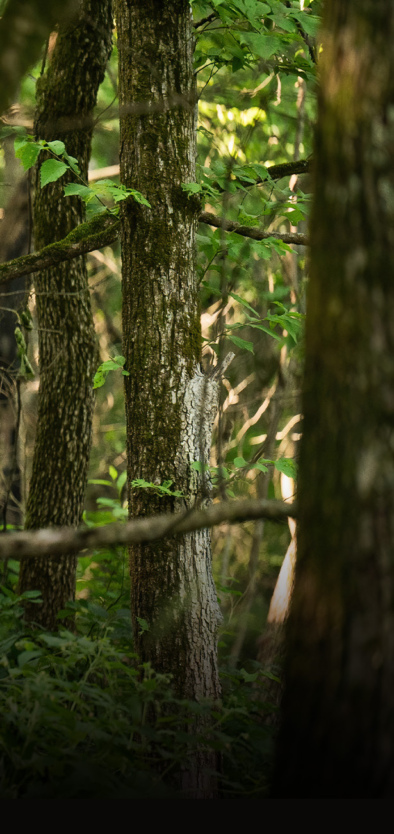


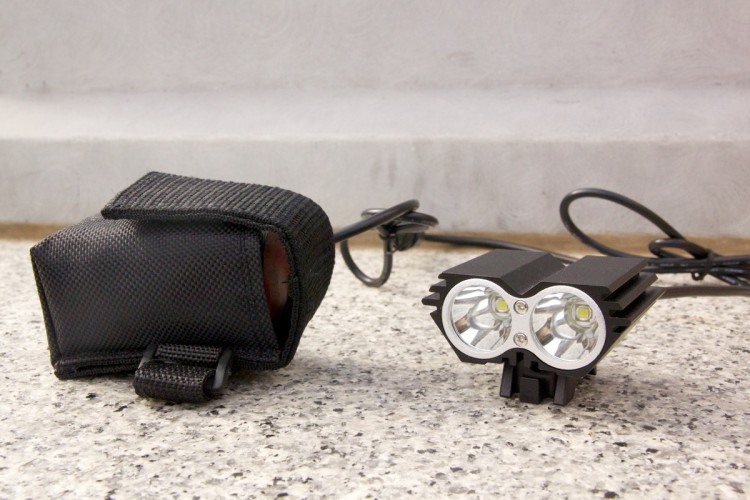
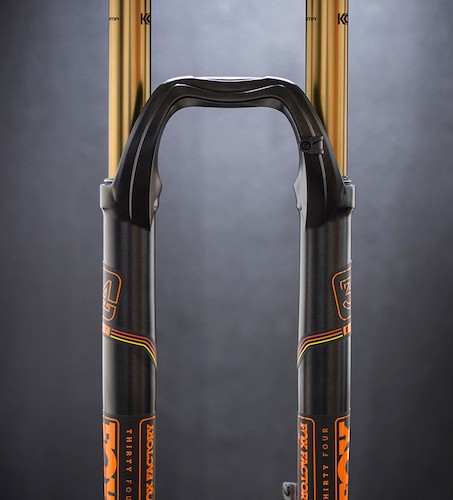

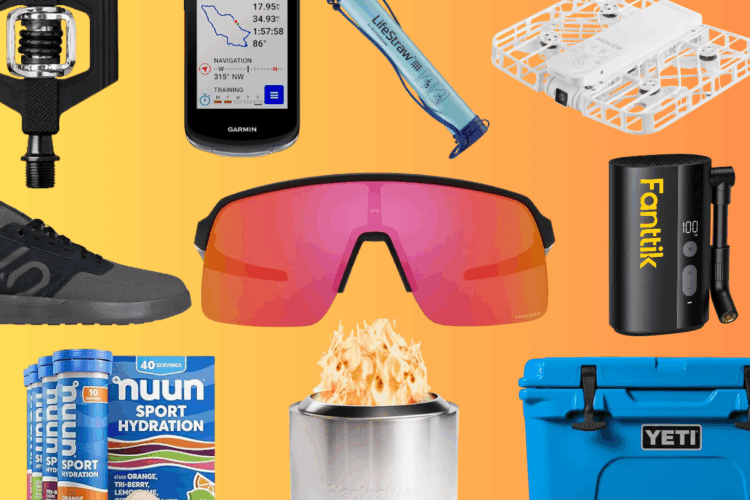
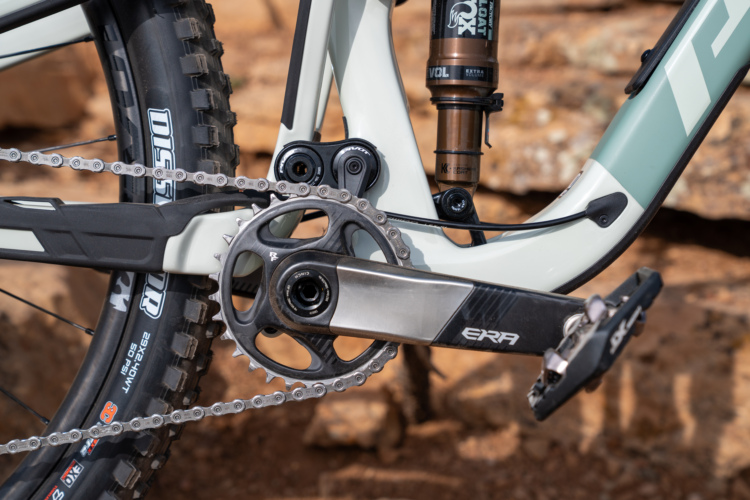
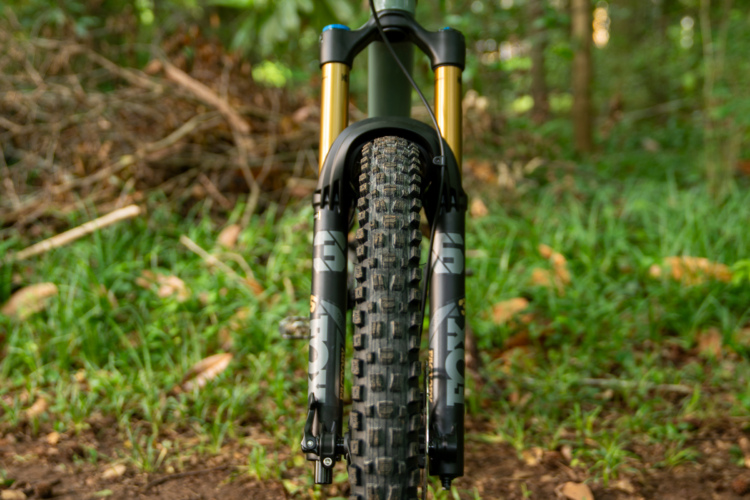
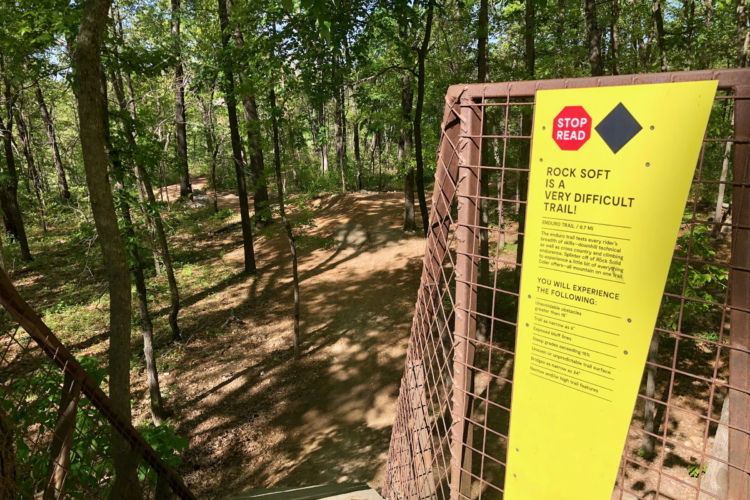

14 Comments
May 6, 2021
I'm out to have fun in nature not impose my ego or fight with someone.
May 5, 2021
May 6, 2021
May 5, 2021
It's not a difficult thing, being nice or polite. I just don't think people know how.
May 5, 2021
May 6, 2021
May 5, 2021
May 8, 2021
Jun 28, 2021
Aug 1, 2024
May 7, 2021
May 8, 2021
May 6, 2021
May 12, 2021